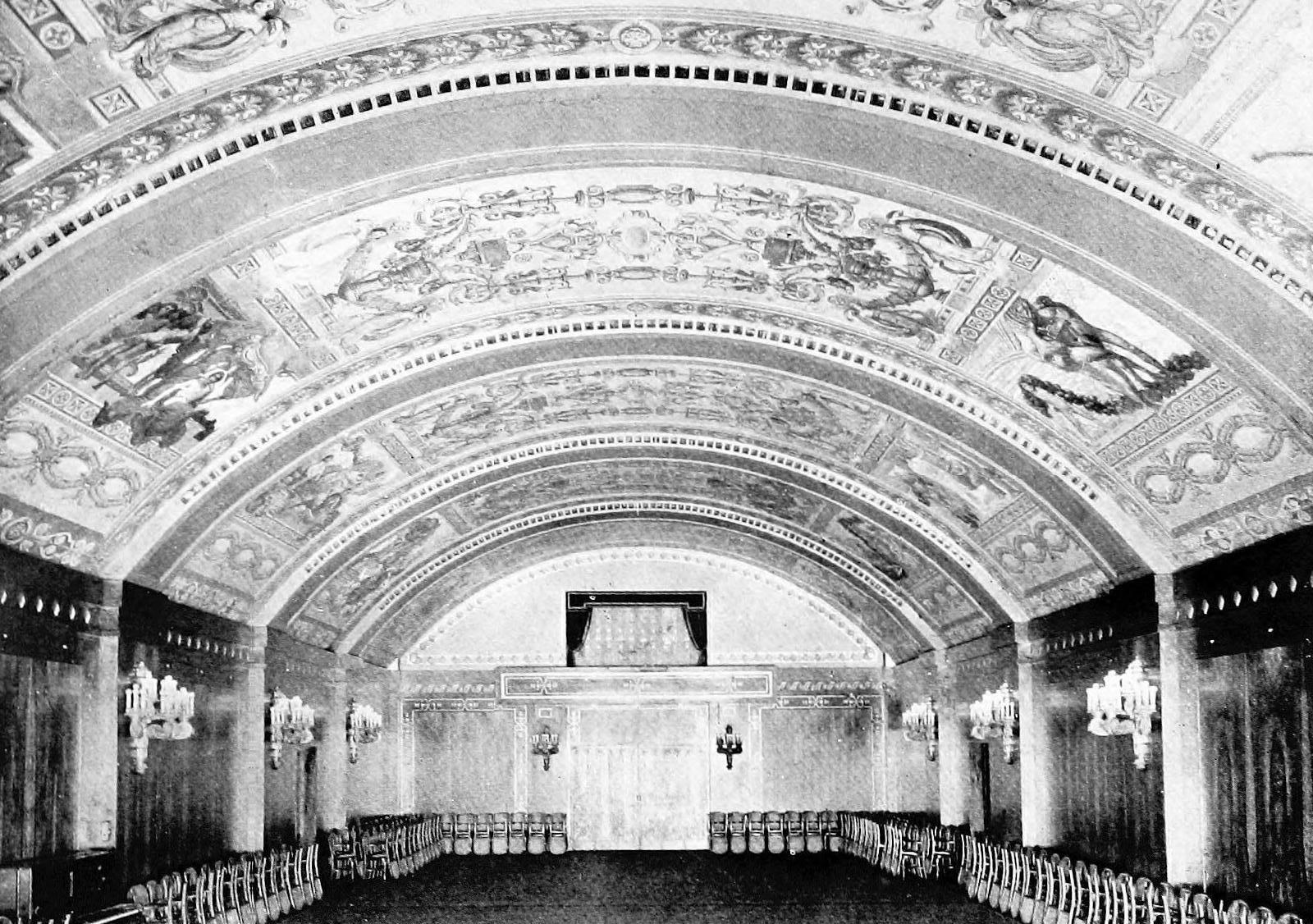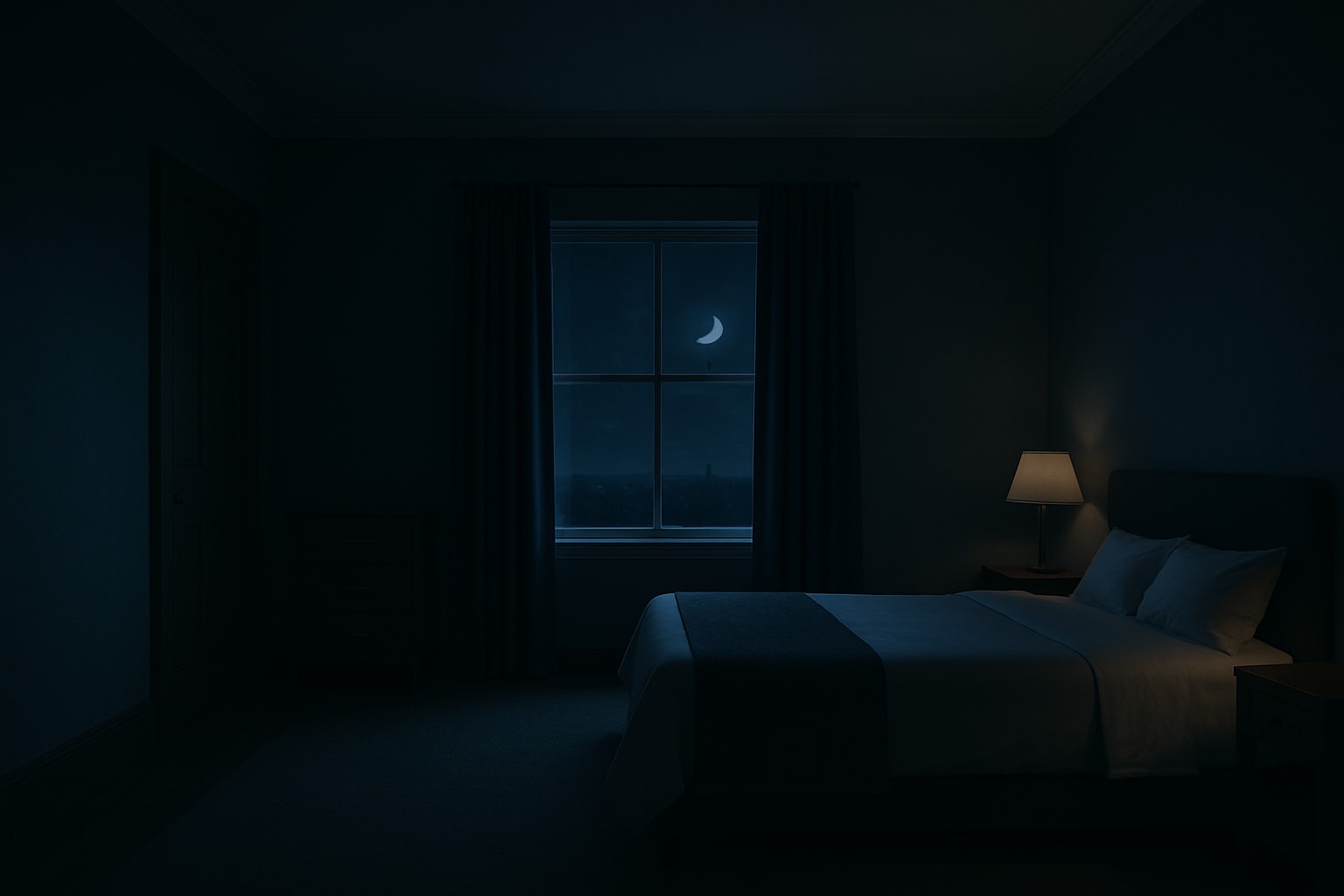One of the oldest hotels in Chicago's South Loop, the Congress Plaza Hotel has an unmatched vintage charm that attracts many locals and tourists alike. Plus, it's nestled among some of Downtown Chicago's most iconic parks, museums, and other must-see attractions.
It's also considered the most haunted hotel in the city. From eerie sights to unsettling noises, It's been enough to send some people packing early and some others even running out of their rooms in the middle of the night.
Did You Know?
- The hotel was used as a broadcast location for a Benny Goodman NBC radio show
- Eight US Presidents and other heads of state have stayed at the hotel
- Several suicides and many other deaths have occured here
- The fourth and twelfth floors are said to be the most haunted
Is the Congress Place Hotel Haunted?
It would certainly seem so. Several rooms have since been closed off to the public and one was even thoroughly sealed due to high levels of paranormal activity. In the ones still available, guests and staff report seeing ghostly figures, hearing faint ghostly voices, feeling cold spots, and seeing objects move across the room, sometimes forcefully as if thrown from an unseen hand.
Given all of the deaths that have occured here and all of the emotions from them, it's no surprise that there are spirits and a whole lot of otherworldly energy.
The Shadow Man
In 1900, Captain Louis Ostheim was staying at the hotel the night before his wedding. Ostheim had served in the First United States Artillery during the Spanish-American War. As a veteran, he suffered from post-traumatic stress disorder.
This came in the form of night terrors, among other symptoms. That night, he awoke from a particularly brutal episode and in his daze reached for his gun. Putting the barrel to his head, he pulled the trigger.
Ever since, his spirit has been seen in many areas of the hotel. He appears as a shadowy figure that glides through the halls, often following guests and staff. It's speculated that Captain Lou may still be searching for the woman who he had planned to marry.
Once he was spotted by a security guard who ended up chasing him all the way to the roof. By the time the breathless guard caught up, he'd simply vanished.
The Ghost Boy
In 1939, a forty-three-year old Jewish woman named Adele Langer came to the hotel with her two sons, six-year old Karel and four-year old Jan. They'd come to America fleeing Nazi-occupied Czechoslovakia and traveled to Chicago to be near a couple of Langer's aunts.
Adele and her sons were waiting for Karel Sr. to join them, but after a few days, he still hadn't shown up. Days turned into weeks, and Langer became distraught. She also hadn't been able to find any work.
All of that plus the stress of having to leave her home and homeland so suddenly eventually just overwhelmed her and drove her insane.
One day after taking the boys to the Lincoln Park Zoo, the woman opened the window to their room and hurled them both out onto the sidewalk below before leaping to her own death immediately after.
Though all three bodies were found, the six-year old's somehow never made it to the city morgue. It's thought that this is why he remains at the hotel, endlessly wandering the twelfth floor.
A security guard – who may or may not be the same one that chased down the Shadow Man – once reported seeing a young boy in worn-out clothes standing at the end of the hall. When he questioned the kid, Karel Jr. simply grinned at him and faded away right before his eyes.
And Many More
In 1904, an elevator operator fell seventy feet to the bottom of the elevator shaft, dying immediately and brutally on impact.
Four years later, a near-broke spendthrift named Roy Gormley shot himself in his room after paying the orchestra five-hundred dollars to play George Handel's "Dead March" and buying drinks for all the musicians.
In 1910, a man named James Kennedy checked in, went to his room, cut all the identification tags out of his clothes, burned all his papers, and shot himself.
Six years later, a mining investor named Morse Davis and his wife formed a suicide pact in Room 312. They both ingested two cyanide capsules, though Mrs. Davis ultimately survived and wound up committed to a psychiatric hospital.
In 1920, a man died of alcohol poisoning from poorly made moonshine.
Six years after that, a woman named Harriet Harrison also fell to her death down an empty elevator shaft from six stories up.
In 1928, sloganeer G. Herb Palin who coined the phrase 'safety first' died of a sudden heart-attack in his room.
About twenty years later, a long-time resident of the hotel who had a wooden right leg was having breakfast when he also suffered a heart-attack.
In 1950, a man named John Raymond shot the hotel's Credit Manager who had approached him about his $104 debt. Raymond then shot himself as well.
Roughly sixteen years later, an attorney named Frederick Haye was found dead in his room. He was butt-naked, bound hand-and-foot with his own socks and had been strangled with his own shirt.
Sometime in the 1970s, a woman slit her wrists in one of the hotel bathtubs.
And at some point, a taxi driver made a fatal leap out of an upper floor window, a salesman very deliberately flung himself down an empty elevator shaft, and a troubled family man hung himself from a cupboard hook.
Many guests say they've seen the ghosts of these poor souls, mainly in the spots they died. The wooden-legged man in particular is likely the figure now well-known as Peg-Leg Johnny who shows up in several places to make odd noises, push chairs around, slam doors, and mess with lights.

The History of the Congress Plaza Hotel
Designed by architect Clinton J. Warren and built by developer R.H. Southgate, the original building went up in 1893 as an annex to Louis Sullivan and Dankmar Adler's multipurpose Auditorium Building, called the Auditorium Annex. They were connected by a lavishly decorated marble underground tunnel dubbed Peacock Alley.
The World's Columbian Exposition or Chicago World's Fair was held that same year, and both buildings saw a flood of people. Due to this success, the hotel underwent major expansions and renovations between 1902 and 1907 under the direction of architectural firm Holabird & Roche, including the addition of the South Tower and in it a banquet hall called the Gold Room.
Two years later, three more opulent spaces were added to the now-North Tower: a ballroom and two other event rooms called the Florentine Room, Elizabethan Room, and the Pompeian Room.
In 1911, the Annex had come into its own in terms of housing guests and was officially renamed the Congress Plaza Hotel after the nearby Congress Plaza section of the adjacent Grant Park. Into the 1930s, it was under the direction of pioneer hotelier Ralph Hitz's National Hotel Management Company.
With the outbreak of World War II, the Government bought up the hotel to use as a training site for the US Army Air Forces. By 1950, it was picked up by the Pick Hotel Corporation, which began a new series of major renovations including new suites and restaurants as well as another ballroom and, novel for the time, escalators in the following decade.
The Congress changed hands one last time in 1987, winding up under the ownership of investor and philanthropist Albert Nasser.
Congress Plaza Hotel Today
If you're looking for a prime place to stay in the Windy City, this hotel has 871 rooms available with stunning views of the city and the nearby park and lake beyond.
If you're feeling adventurous and looking for a great ghost hunt, then you'll definitely find it here at 520 South Michigan Avenue in Chicago, Illinois.

The imposing facade hiding a century of horror

The haunted corridors where shadow figures roam

